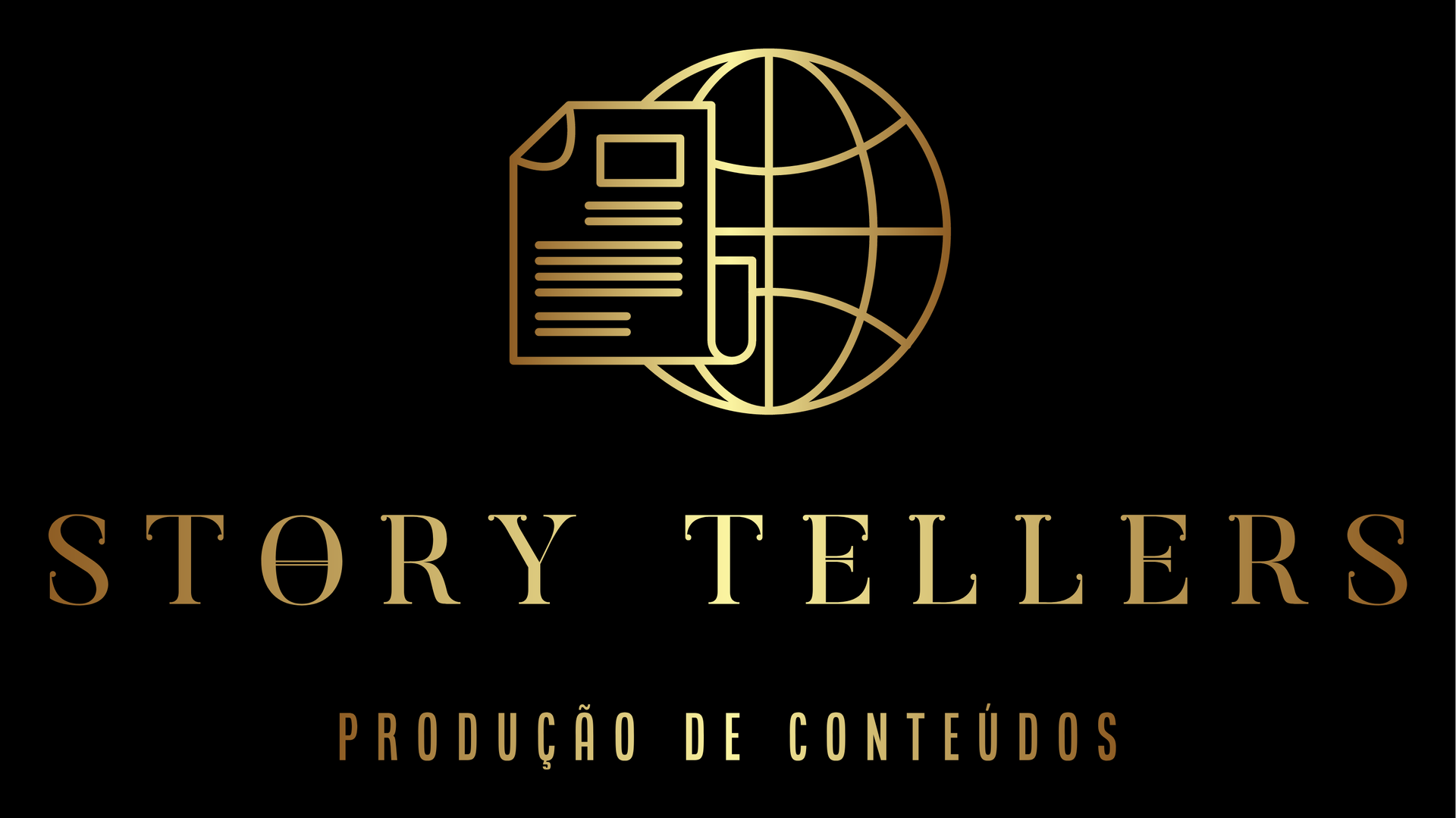Let the journalist pass
Conceição Ribeiro - Journalist
They are boring, inconvenient, they arrive almost at the same time as the authorities. There are those who call them vultures and those who recognize their value. In an emergency scenario they are everywhere, they ask everyone everything. Behind the police, medical personnel, firefighters and other civil protection agents, there are always journalists. Is it really necessary? Yes it is! More than in any other scenario, it is in the theater of emergency operations that journalism fulfills its social function.
17th June, 2017. The thermometers are around 40 degrees. A combination of weather conditions, widespread drought, uncleared land, a huge area of pine and eucalyptus forests, easily fuels an extremely aggressive fire and makes a tragedy over Pedrogão Grande and neighbouring municipalities. Sixty-five people lost their lives fleeing the flames, other 253 were injured, forty-three thousand hectares of bush and forest were devoured over the period of six days, several houses were destroyed.
And there they were, the journalists. Inconvenient. Almost getting in the way.
What if they were not there? At a time of widespread use of social networks, what would it be like to depend on separate, out-of-context images and information, without filters, without framing, without reference to sources, to accompany and understand the tragedy with the highest number of victims on record in Portugal? What would it be like to have a family member in the crisis zone and not have access to concrete data and confirmed information about what was happening there in the place?
Rumors and false information can exacerbate the crisis and launch panic in the community.
Access for journalists to the theatere of operations has the dual function of reporting what is happening on the ground and allowing the authorities to pass on relevant information. At these times, there is a combination of the normative principles of the profession and the idea of public service.
It happened in Pedrogão, but also in Serra do Caldeirão, Monchique and many other emergency situations. During and after the tragedy, the media conveyed appeals, information or contacts that made it easier for those responsible for rescueing operations to give specific instructions on roads to avoid, field hospitals in operation, donation collecting spots, disappeared/lost people or animals location, among other relevant data.
In addition to the legal right to access information sources in critical moments, journalists have already shown that they can and are partners in the “post-event” normalization effort. The report of what is happening and the scrutiny during and after each crisis is a sign of transparency that brings citizens closer to the entities involved. If people have access to the right information, they can assess and understand emergency teams answers. If these answers belong to the public domain, policy makers feel bound to tweak and improve them in the future. Everyone wins.
On the other hand, it is important that those who are responsible for relief operations let the integration of “annoying” and persistent journalists in the theatere of operations. Defining the media of areas and periods of time for capturing images, a communication strategy in crisis, the type of data to pass, the appointment of a spokesperson or liaison who can update periodically the relevant data and the definition of the channels on which official information should circulate ensures journalists reliable data and reduces the margin of error or the spread of rumours.
It is true that the number of communication companies, the multiple teams on the ground, the constant direct reports and the minute-by-minute online updates put a pressure on the command of rescueing operations that is difficult pressure to combine with the demands of the ongoing emergency response. Hence the importance of having a spokesperson, with training and a focus on communication, who ensures the flow of data and simultaneously adjusts guidance messages to the community.
In a crisis event, with multiple victims, ongoing operations, media management, political and media pressure and social anxiety, media integration is not an option. It has to be a reality. Despite some deviations, which the competent authorities must penalize, journalism is guided by normative and legal principles, a deontological code and style books. When there is a tragedy, professionals must be guided by truth and rigor and approach victims with respect, sensitivity and sense. Ensuring deontological compliance of journalism is a task for these professionals, which should not weigh on the shoulders of those whose task it is to respond to the emergency on the spot. The time that is sometimes lost on the spot defining whether or not the media can approach, under what circumstances and under what conditions is precious for emergency teams, who must focus on the specific situation, and for journalists, whose concern is to collect information quickly and efficiently.
Joint training actions and the definition of communication plans in a risk scenario, which anticipate the needs that both sides will feel on the ground are halfway through so that in times of crisis, all sides called to the scene may collaborate and won´t run over each other.
“Us and Others”/ Lifesaving Scientific magazine article vol1 N2
The role of the media in theaters of operations



